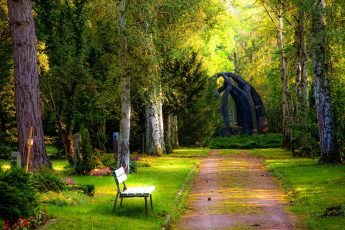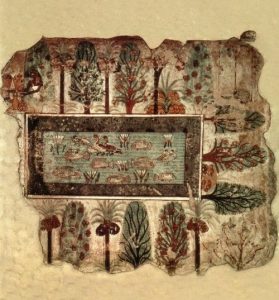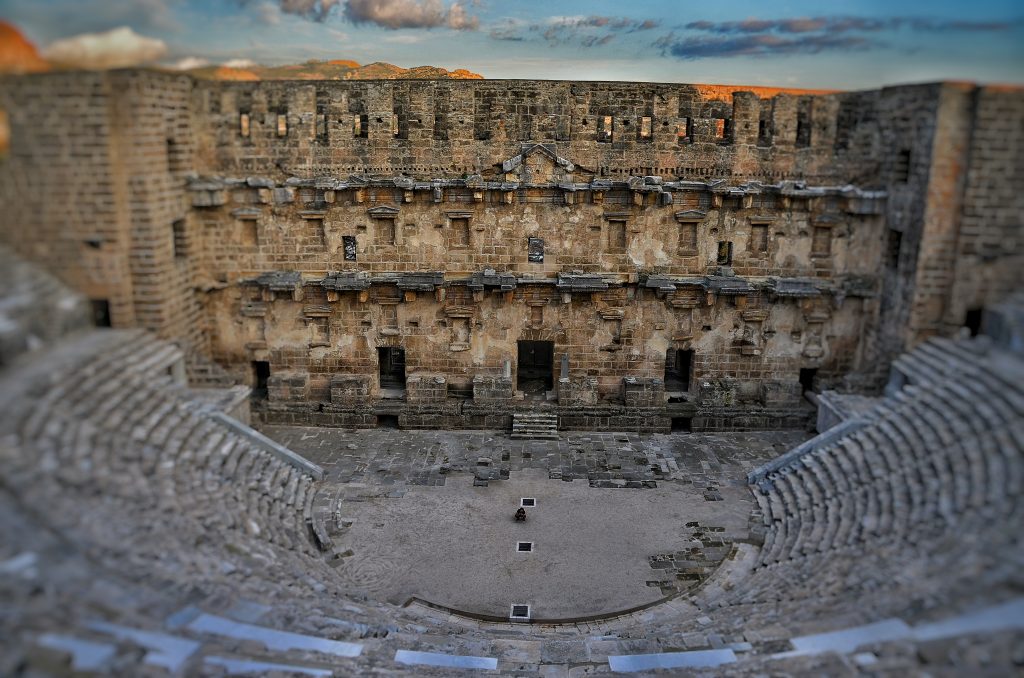The History Of Garden Design

 The earliest pictures we have of gardens are everywhere from Egypt-paintings of landscapes together with creatures and plants combined in a way that offer pleasure in addition to function. 1 such painting, outdated 1400 BC, is at the British Museum, and it portrays a decorative fishpond. The pond is a rectangle using a rock edge. From the pond are fish, water fowl, blossoms, and clumps of reeds in the borders. Round the pond are fruit trees, and to a side, there’s a servant carrying a basket of fruit, pomegranates or blossoms, along with a wine jar.
The earliest pictures we have of gardens are everywhere from Egypt-paintings of landscapes together with creatures and plants combined in a way that offer pleasure in addition to function. 1 such painting, outdated 1400 BC, is at the British Museum, and it portrays a decorative fishpond. The pond is a rectangle using a rock edge. From the pond are fish, water fowl, blossoms, and clumps of reeds in the borders. Round the pond are fruit trees, and to a side, there’s a servant carrying a basket of fruit, pomegranates or blossoms, along with a wine jar.
From the 3rd century BC marketplace gardens, blossoms growing vegetables and fruit available, were frequent in the Mediterranean and Eastern areas. In many a city, there was a grove of trees or playground of a pleasurable or spiritual nature (sacred grove). Herb growth was associated particularly with temples which demanded their use for worship and ritual. Chamomile was characterized by pollen analysis as a most important constituent from the jojoba oil utilized to mummify Ramses II who died in 1224 BC.
Persian rugs give us a fantastic idea about what ancient gardens were like since those are stylized representations of those gardens. The boundaries suggest boundary paths and walls. The interior layouts are often constituted of four quarters of equivalent dimensions, each being split into six squares. They feature alternately flowerbeds, with blossoms in square and circle patterns, and plane trees situated in the interior corners of their four segments. The rulers occasionally took the rugs into the backyard to put on the floor or to use as a canopy against sunlight not like those tall plant pots trying to get as much sun as they can!. The usage of this rug this manner represents the canopied system or open- sided pavilion that the ruler would vertical over the junction of their waterways. After the Moslems conquered Persia, they easily embraced this garden strategy due to its affinity with all the descriptions of the Islamic Paradise, a place that held all of the joys inhabitants of burning desert areas would long for-fountains, color, and fruit. Marco Polo described a authentic Persian garden for a heaven planted with the best fruit of earth using four conduits: 1 flowing with wine, one with milk, one with honey, and one with plain water. This backyard concept spread across the region conquered by the Moslems in the 7th century.
The Hanging Gardens of Babylon, one of the seven wonders of the planet in what is now Iraq, was actually a terraced roof garden constructed over a gigantic, arching stone base and enormous storage chambers whose roofs have been waterproofed. Soil was inserted deep enough to develop trees, and deep wells supplied water by way of a hydraulic system.
As the Islamic conquests spread the Idea of the Persian garden, therefore the conquests of Alexander the Great (356 -323 BC) did exactly the same during the united kingdom. There is very little detail of these descriptions of Persian and Greek blossoms. Theophrastus (371 to 287 BC), the father of botany and pupil of Plato and Aristotle, had a garden which has been a location for research for his acquaintances and friends. He left the backyard to them on his passing. We could presume that this garden was one at which crops were researched and might be the first botanic garden in life.
The Romans created the genuine art of European gardening. Villa gardens had covered arcades with windows positioned to benefit from their views outside, open places, and enclosed courtyard gardens, located to keep heat and protect from the end, keeping them agreeable in summer in addition to winter.
Even the Persian rivers became waterworks at the hands of expert Roman engineers. Pliny describes these from the Tuscan villa where every thing was fed by flows that never ran dry, feeding a large number of fountains. A fountain appeared at the middle of a little courtroom shaded by four airplane trees as from the Persian rug layout. Another inside fountains using a bowl surrounded by miniature jets made a beautiful murmuring sound.
Varro’s villa consisted of an aviary and a lavish dining area using a revolving table bearing food and beverage with alternative spouts for cold and warm water. Clipped arbors and topiary, the craft of cutting and training trees and shrubs into artificial contours, are available for the first time from the Tuscan villa. The Romans were enthusiastic collectors of Greek statuary that look within their houses, lining the paths. Some of the details have been verified in stays found in Herculaneum, Pompeii, Coninbriga, Portugal, and Fishbourne at Sussex, England

